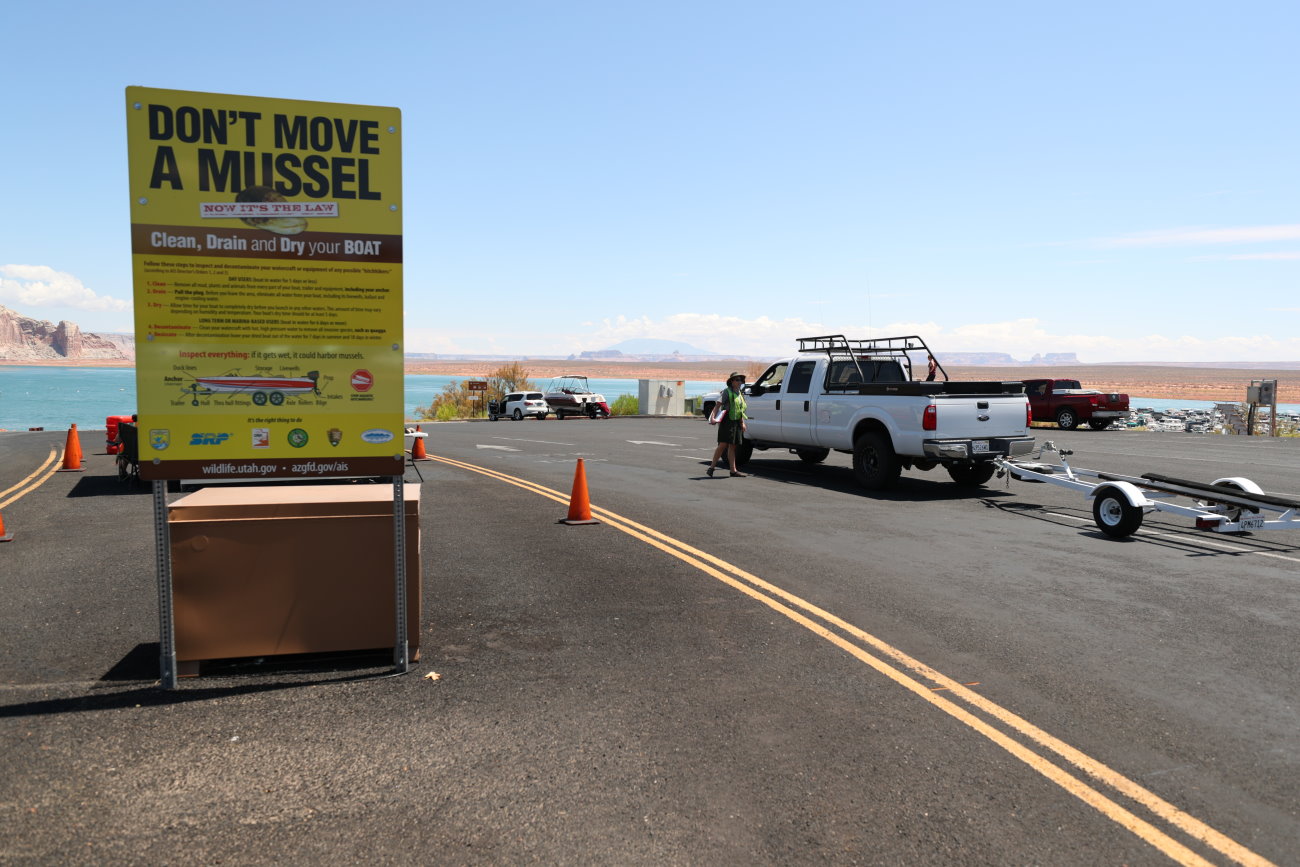
ST. GEORGE — While snow may still be in the weather forecasts, spring is just around the corner, and boaters should make sure to plan ahead before visiting Lake Powell this spring and summer, according to a press release issued Monday by the Utah Division of Wildlife Resources.

Multiple Utah waterbodies had record low water levels last year, which had some impacts on boating and fishing. Lake Powell was among those impacted by drought, and unfortunately, water levels are expected to remain historically low.
As a result of the continued low water levels at Lake Powell, there are going to be limited options for launching boats at both ends of the lake, which may lead to delays entering and exiting the water. Visit the Glen Canyon National Recreation Area website for updates on boat ramp access and water levels.
Due to fewer ramp options for this upcoming boating season, watercraft users must plan ahead if they want to receive a watercraft decontamination at Lake Powell.
There may be crowding at the open ramps, and staff with the Utah Division of Wildlife Resources, Arizona Game and Fish Department and National Park Service at Glen Canyon National Recreation Area will work hard to inspect boats departing the area and provide decontaminations to those who request them.

This intensive effort is focused on preventing invasive quagga mussels in Lake Powell from spreading to other Utah waterbodies, said DWR Aquatic Invasive Species Sgt. Micah Evans in the news release.
“We ask that watercraft users continue to be patient as our staff work as fast as they can to meet the inspection and decontamination requirements at Lake Powell during the boating season,” he said. “Law enforcement officers and technicians for the DWR, NPS and other agencies work long, hot, busy weekends inspecting and decontaminating watercraft across Utah.”
During 2021, DWR conservation officers found that the majority of the violations related to aquatic invasive species laws were due to nonresident watercraft users failing to complete the mandatory education course and fee payment and for boaters failing to remove drain plugs while transporting their watercraft.
Requirements for watercraft users:
- All watercraft must stop at mandatory inspection stations for the required inspections.
- Remember that “watercraft” includes kayaks, canoes, paddleboards and inflatable rafts.
- Drain all water, and keep all drain plugs removed when leaving any waterbody.
- Nonresidents are required to take the mandatory education course and pay a boater fee before launching a boat in the state of Utah.
- Clean, drain and dry your watercraft after launching at Lake Powell or at other waterbodies infested with quagga mussels or other aquatic invasive species.
- Before launching in any Utah waterbody, all watercraft users must display a self-decontamination form.
There are over 40 inspection stations located around Utah, with some located at boat launch ramps and others along highways. See a map of inspection and decontamination stations here.
Visit the STD of the Sea website for further information regarding boater requirements and for links to the mandatory education course and fee payment.